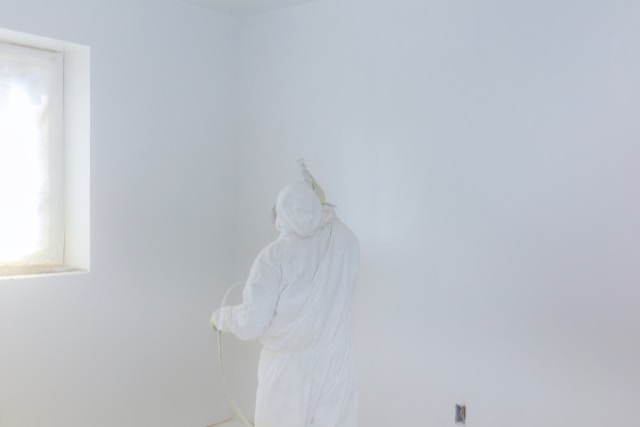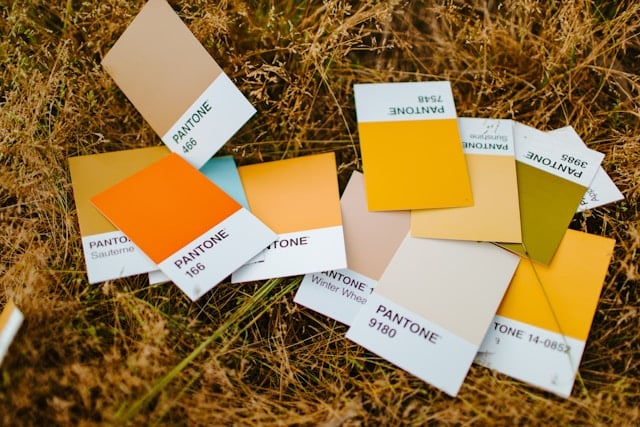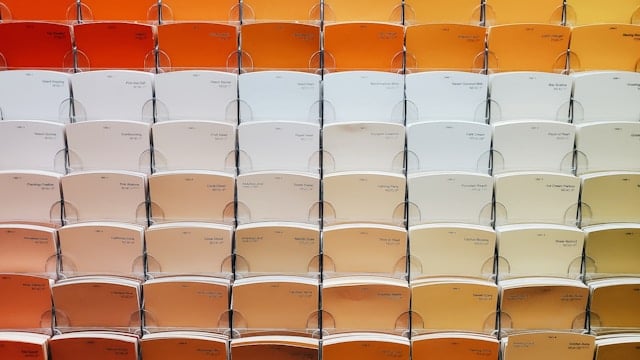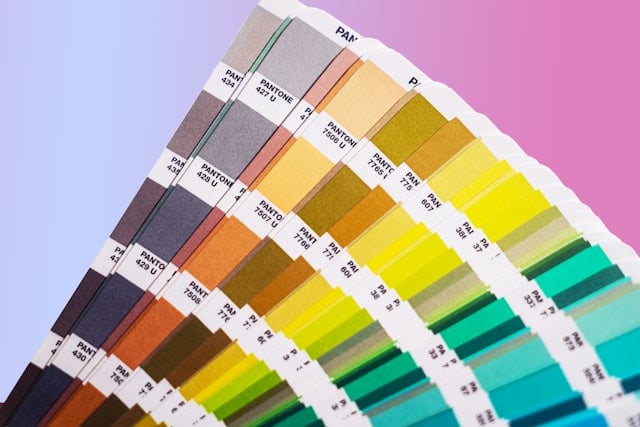How Do Building Materials Impact Indoor Air Quality?

Indoor air quality (IAQ) is a critical aspect of building design, as it directly affects the health and well-being of occupants. Many people are unaware that the materials used in construction and finishing can significantly impact the air we breathe inside buildings. Whether you're a builder, developer, or homeowner, understanding how building materials influence IAQ can help you make informed choices that create healthier environments.
1. Volatile Organic Compounds (VOCs)
One of the primary contributors to poor indoor air quality is volatile organic compounds (VOCs), which are chemicals emitted as gases from certain building materials. VOCs can be found in products such as paints, varnishes, adhesives, and sealants. These compounds can cause short-term irritation, headaches, and even long-term health issues like respiratory problems or liver damage.
Paints and Finishes: Traditional paints, varnishes, and finishes often contain high levels of VOCs. Opting for low-VOC or zero-VOC paints can significantly reduce harmful emissions and improve IAQ. These alternatives are now widely available and offer the same aesthetic quality as traditional products without compromising air quality.
Adhesives and Sealants: Many construction adhesives and sealants contain high levels of VOCs, especially when used in large quantities during projects like flooring installation. Look for water-based, low-VOC adhesives to reduce indoor air pollution.
2. Formaldehyde in Building Materials
Formaldehyde is another harmful chemical commonly found in building materials such as particleboard, plywood, and medium-density fiberboard (MDF). These materials are often used in furniture, cabinetry, and flooring and can off-gas formaldehyde into the air over time. Prolonged exposure to formaldehyde can lead to respiratory issues and has been linked to certain cancers.
- Alternatives: Choose formaldehyde-free or low-emitting products, such as engineered wood certified by the Forest Stewardship Council (FSC) or products labeled with low-emission standards like GREENGUARD certification. Using solid wood or other natural materials like bamboo also helps in reducing formaldehyde emissions.
3. Mold and Moisture-Resistant Materials
Excess moisture in buildings can lead to mold growth, which not only damages structures but also releases spores and mycotoxins into the air, causing allergic reactions and respiratory issues. Materials that resist moisture can play a key role in preventing mold and improving IAQ.
Drywall and Insulation: Opt for mold-resistant drywall and insulation, especially in areas prone to moisture like bathrooms, kitchens, and basements. Fiberglass and mineral wool insulation, for example, are less likely to promote mold growth than organic-based insulation materials.
Flooring: Carpets can trap moisture and become a breeding ground for mold and dust mites, contributing to poor air quality. Consider hard surface flooring materials like tile, stone, or hardwood that are easier to clean and more resistant to moisture.
4. Natural and Non-Toxic Building Materials
Natural materials like stone, wood, and clay are generally free of harmful chemicals and provide a healthier alternative to synthetic materials. These materials not only improve IAQ but also add aesthetic and functional benefits to your building.
Wood: Using untreated or minimally treated wood products can reduce the amount of harmful chemicals in your space. Reclaimed wood is an eco-friendly option that adds character to interiors without releasing toxic emissions.
Clay and Lime Plaster: These natural materials are excellent for wall finishes, as they are breathable and help regulate indoor humidity. Clay plaster, in particular, can absorb and release moisture, improving indoor comfort and reducing the risk of mold.
5. Insulation and IAQ
Insulation is a key component of any building, but some types of insulation can emit harmful chemicals. Traditional insulation materials like spray foam or fiberglass may release VOCs or contain formaldehyde. Alternatives like cellulose, sheep’s wool, or cotton insulation are more environmentally friendly and healthier options.
Cellulose Insulation: Made from recycled paper treated with non-toxic fire retardants, cellulose insulation is a greener alternative that provides excellent thermal performance while being safe for indoor air quality.
Natural Insulation Materials: Materials like cork, wool, and hemp offer good insulation performance without the harmful chemicals found in synthetic insulation. These materials are sustainable and contribute to a healthier indoor environment.
6. Carpeting and Flooring Choices
Carpets are notorious for trapping dust, allergens, and VOCs, which can degrade indoor air quality over time. Many synthetic carpets also off-gas chemicals when first installed.
Low-VOC Carpets: If you prefer carpeting, look for products labeled as low-VOC, and ensure proper ventilation during and after installation to allow for any emissions to dissipate.
Natural Flooring: Consider materials like hardwood, bamboo, or cork, which are naturally free from harmful chemicals. These materials are not only more durable but also easier to clean, reducing the buildup of allergens.
7. Ventilation and IAQ
Regardless of the materials you choose, proper ventilation is essential for maintaining good indoor air quality. Modern building practices often create airtight structures to improve energy efficiency, but this can trap pollutants inside. Installing a proper ventilation system ensures that fresh air circulates and that harmful particles are filtered out.
- Mechanical Ventilation Systems: Installing heat recovery ventilators (HRVs) or energy recovery ventilators (ERVs) can improve air exchange rates while minimizing energy loss. These systems help remove stale air and bring in fresh air, significantly improving IAQ in energy-efficient homes.
Building materials can have a direct and lasting impact on indoor air quality. By choosing low-VOC products, mold-resistant materials, and natural building options, you can reduce harmful emissions and create healthier indoor environments. Whether you're constructing a new building or renovating, it’s important to consider how your material choices affect the air your occupants will breathe.
To find eco-friendly and safe building materials for your projects, explore the wide range of options available at MawadOnline, where quality meets sustainability.
 Building Materials
Building Materials
 Tools & Machinery
Tools & Machinery
 Plumbing
Plumbing
 Electrical Supplies
Electrical Supplies
 Air Conditioning
Air Conditioning
 Safety & Security
Safety & Security
 Finishing Materials
Finishing Materials
 Hardware & Fasteners
Hardware & Fasteners
 Lighting & Electrical Fixtures
Lighting & Electrical Fixtures
 Landscaping & Outdoor
Landscaping & Outdoor
 Construction Services
Construction Services
 Construction Technology & Software
Construction Technology & Software









